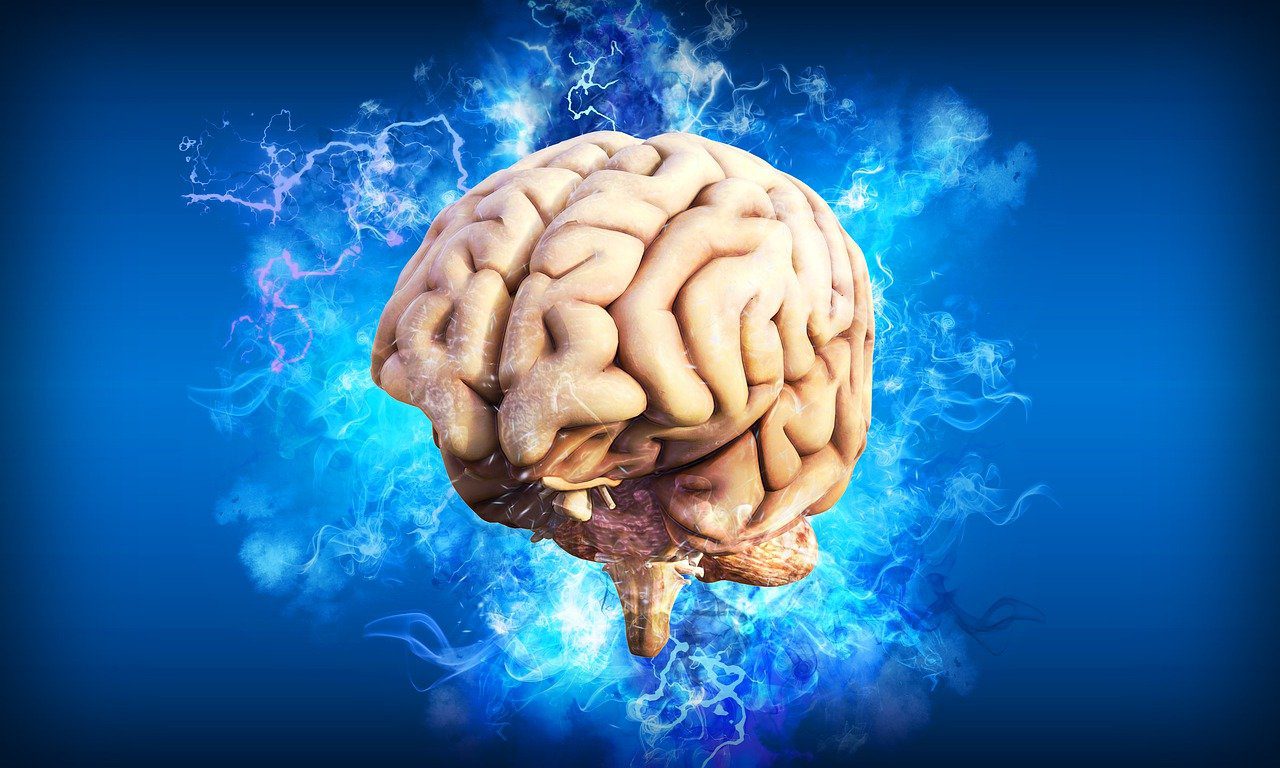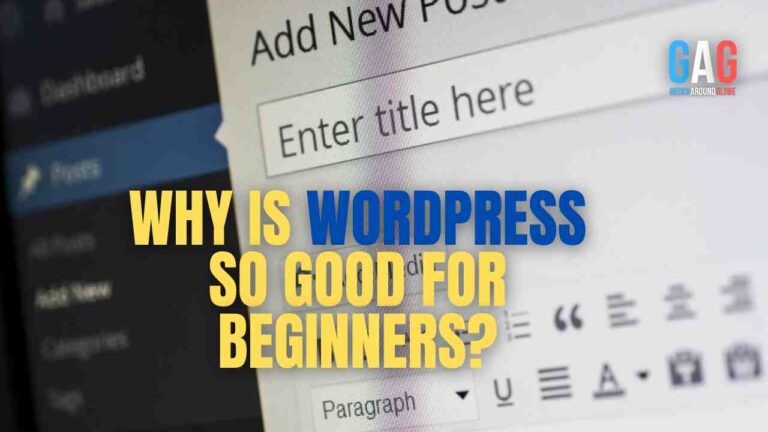Defining UX vs UI design
UX is all about the interactivity and function of a website. It’s focused more on the way things flow for the user and how to get them to where they need to be in the most logical and user-friendly way possible.
UI on the other hand is concerned with the visual result of the interface that is presented to the user. This means UI design is much more focused on the placement of certain elements, and how they function to encourage interaction by the user. In the next section, you will discover why both of these design processes are so vital to effective custom website design.
Why are UX and UI so important when designing a website?
Reasons UX is important to the web design process
UX minimises user frustration through structure
A vital aspect of UX design is the structure of your site. It should be determined by a logical information hierarchy guiding users from your landing page to the next most relevant page to their needs.
UX design should cover the information hierarchy used on each page, making sure that the most important elements stand out the most, through grouping, scale, colour, and contrast. For example, it is not uncommon for the most important information on the page to be placed first, be of a larger font, and even use a different font to the information below it.
UX creates visual appeal
Great UX will also make use of visual appeal to ensure your site is as attractive to visitors as possible. After all, studies show that users decide to stay on a webpage for less than 15 seconds, so you have to make those first impressions count.
To that end, UX will involve choices on typography, colour palette, and images all relating to how pleasing these are to visitors. Indeed, feedback from your target demographic is vital to consider here as this will allow you to better customise the visuals of the site to their needs.
UX encourages communication and interaction
Interaction through communication is another important feature of good UX design. In particular, it’s important that users don’t just provide feedback to your business, but that they feel heard while doing so.
Indeed, the ability to interact via communication on your website has important benefits for your business, including reassuring customers before they make a purchase, and reinforcing that they can trust you, as they can contact you at any time.
Some of the best ways to offer interactive communication on your site include SMS, social media, and live chat customer support. Although adding an email and phone number in a prominent place on every page is always good practice too.
UX makes complex data and processes easier to understand
Another key aspect of great UX is breaking down complex data and processes, to make them easier for users to understand. Indeed, by mankind any processes easier that you ask users to go through on your site you ensure that their experience is also easier, less confusing, and less anxiety-provoking, something that in turn will help you to earn their trust and ensure they come back.
For example, simply showing how many stages of a process are left to complete on each page helps visitors to identify exactly where they are in the process, and how much longer it may take.
UX directs users to their end goal
Whether it’s getting them to buy a product or sign up for a newsletter, effective UX design directs users to the ultimate goal or purpose of your site. To that end, good UX has to be intuitive for the user in question, making sure they never feel lost or unsure of what their next step should be.
The main way that UX achieves this is by using calls to action (CTAs), phrases, buttons, or images that direct the user on where they need to go next. However, as the aim of UX is to make this process as intuitive as possible, it’s vital that you gather feedback on the CTAs used, and adjust them to better appeal to their target user as necessary.
Reasons UI is important to the web design process
UI ensures readability
The practical issue of how readable the colour scheme being used is will come under the remit of UX design. The reason is that colour can have a huge impact on how usable a site is (just ask anyone that uses red text on a blue background, or neon pink on a black background. A/B testing is utilised here to ensure that the target audience’s needs are taken into consideration.
UI helps to proactively prevent problems
When it comes to interacting with your website, users aren’t going to be very impressed if they click a button or link and nothing happens. Of course, you can always offer them the option of reporting a broken link or similar problem, but by that point, you may have already lost their business.
Instead, it is much better to approach these things proactively through testing and retesting in the UI design stage, ensuring that they don’t have the chance to happen at all.
Another key feature of UI design is that it is concerned with making cognition, or understanding easier for users. In practice, this means using easily recognised design features to denote things like navigation systems within your site, something that means users don’t have to learn any specific skills to get around your site but can rely on the visual prompts provided to intuit where they should go next to find the information they need.
Closing thoughts
There is, understandably, a lot of confusion when it comes to the terms User Experience (UX) and User Interface (UI). The main reason is that they are both essential processes used by web design companies to ensure the user is integral to the design and the client receives the best design possible.







